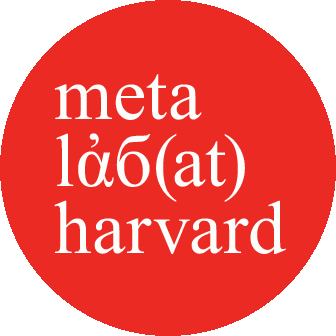Lexical Cartography of DH2020
Date: 2020The moment public events went online, scholars felt the need for new instruments to orientate themselves in scientific conferences. The lexical cartography is a visual method that combines network visualization and Natural Language Processing (NLP) to create a map. Such a map display conference speakers according to their lexical similarity: the more two speakers are close in the space, the more their subject matters are related. Using a visual representation that recalls the cartographic imaginary, speakers are situated on a topographical terrain characterized by mountains, valleys, and wide plains.
The articles of the Digital Humanities Conference, which took place in Ottawa in July 2020, were grouped by authors and tokenized. Then, tokens were transformed in graph edges connecting couples of authors. Finally, the lexical network is drawn as a map making use of JavaScript and WebGL.
The Lexical Cartography of DH2020 has an interactive interface, whose information changes according to the zoom level. At first glance, when the map is just loaded, the viewer sees the most relevant keywords and cartographic peaks; these are the affordance to start browsing. By zooming on one area, content changes: keywords and elevations leave room to more detailed information specifically related to speakers. Clusters of collaborators take form as well as the keywords shared by a triplet of close speakers.
The lexical cartography is an open-source project that is aimed at exploring, from their texts, communities that count a maximum of a few thousand individuals. Visual analytics is no longer a way to study the dynamics of a community a posteriori, but rather a contemporary instrument at the disposal of the same community. If the citation analysis is a great method to study the evolution of scientific communities, the lexical cartography is the proper way to display ongoing events and foster connectivity.
For further information:
Moon, Chloe Ye-Eun, and Dario Rodighiero. 2020. “Mapping as a Contemporary Instrument for Orientation in Conferences.” In Atti Del IX Convegno Annuale AIUCD. La Svolta Inevitabile: Sfide e Prospettive per l’Informatica Umanistica. Quaderni Di Umanistica Digitale. Università Cattolica del Sacro Cuore. https://doi.org/10.5281/zenodo.3611341.

